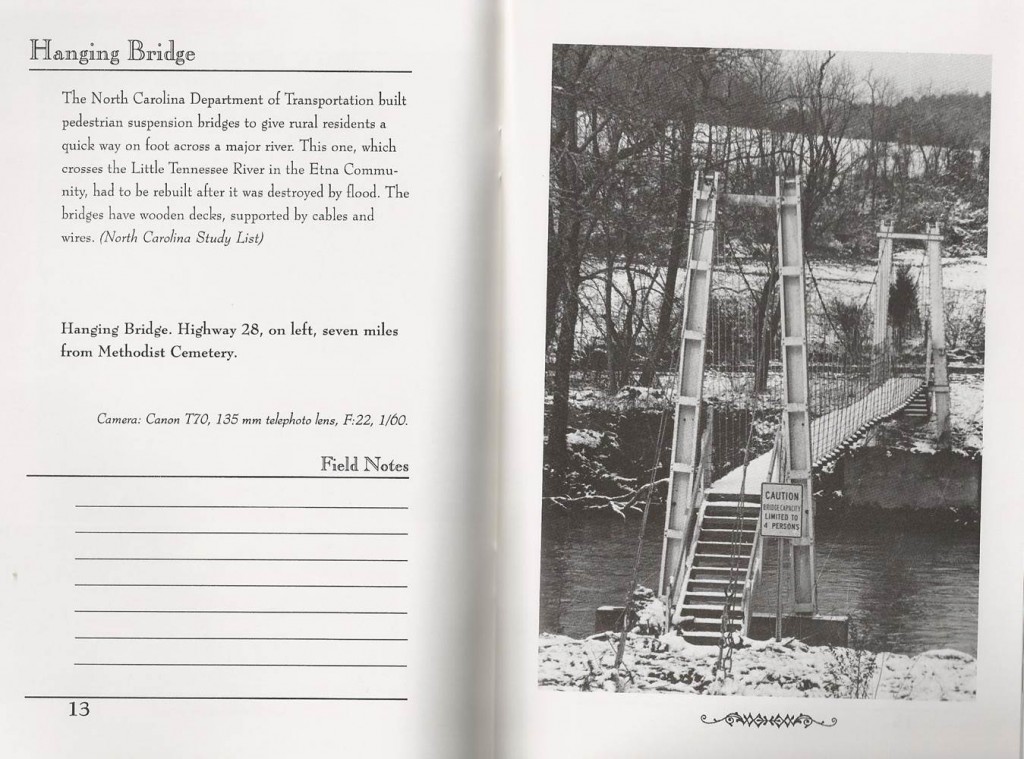Through my work in small towns and rural communities over the past several years I have come to the conclusion that the needs for non-motorized transportation facilities in these places are often overlooked, assumed not to exist, or are simply ignored in favor of other priorities or perceived needs. No funding programs exist to focus on non-motorized transportation
implementation specifically in rural areas or small towns. These communities sometimes overlook these needs because they think sidewalks are somehow urban phenomena.
You can find images of any small town or rural community from the early 1900s and see the streets packed with pedestrians. There’s a panoramic shot of Courthouse Square, circa 1930, hanging in Robbinsville’s Town Hall. The bicycle rack in the square is filled to capacity. We heard during the Buncombe County Greenways & Trails Plan that long, long ago in Barnardsville the kids would walk to school on a trail alongside the creek. People in rural areas walked to church, which meant they had to be within walking distance of rural outposts. This is one reason why so many churches dot our lush hillsides.
I was startled this spring in doing research on pedestrian crash rates in small towns in Western North Carolina to find out that the towns of Robbinsville (pop. 615) and Hayesville (pop. 300) had the highest pedestrian crash rates in WNC–by a large margin. Robbinsville’s rate was 30% higher than Hayesville’s and double the rate in Asheville. Individuals are doing great things in many of these communities to improve pedestrian safety. NCDOT recently installed three crosswalks and pedestrian refuge islands within 1,000 feet of one another along the three-lane US 129 Bypass in Robbinsville.
So how can we more effectively address this? Perhaps it’s simply a lesson we learned long ago.
In searching through my mom’s collection of books published by the Macon County HistoricalSociety I came across the image pasted above. It’s a pedestrian bridge in rural Macon County constructed, according to the author, by the state DOT (its predecessor agency, most likely).

DOTs built pedestrians facilities long ago. Today, not so much.
Today, we bicker about match ratios for sidewalks that amount to couch cushion change when compared to major highway widening projects. Many design practices default to minimum widths for pedestrian facilities. We can’t seem to convince decision-makers that crosswalks are vital. We struggle in building a curb ramp that would pass muster with a marginal Civil Rights attorney. We ponder whether or not pedestrians are part of a transportation system and our state’s largely rural-dominated General Assembly recently phased out the ability for our DOT to spend state funding on such public needs along public roads.
Do you think those were the thoughts of decision-makers when the pedestrian bridge in this picture was constructed? Or were they simply addressing what they saw as a fundamental human need to get from point A to point B (even if point A was a sorghum field and point B was a swimming hole)?
